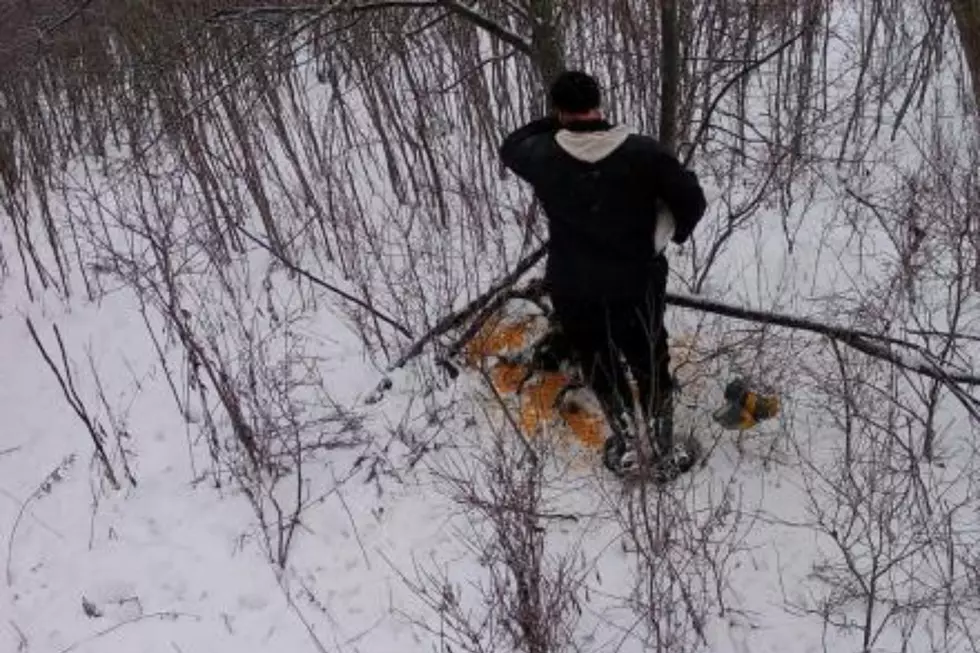
How To Calculate Snow Load on Your Roof and Safely Remove It
You don't have to live in Central or Upstate New York for long to know snow can come quickly and in feet not inches. If you haven't experience it yourself, you probably know someone who has, roofs collapsing form the weight of all that snow and even ice buildup. Mary Wrege from Cornell Cooperative Extension has some tips on calculating how much weight there is and how to safely remove it.
Blizzard’s aren’t’ the only cause of problems; an imbalance of drifting snow can cause one part of a roof to give, causing a domino effect that affects the rest of the structure.
“Wood structures typically will give a warning of imminent failure with audible creaking or visible bowing of rafters,” according to Randy Tinker, P.E., Risk Management Property Engineer. “Metal structures, unfortunately, often don’t exhibit signs of stress before failure.” Farmers need to keep a close watch on structures with heavy loads and be prepared to move livestock and equipment to safer quarters.
Calculating the snow load on your barn takes more than an educated guess. The University of Wisconsin Cooperative Extension Service says that a ballpark estimate of snow load can be made with the following formula:
Calculated Roof Loading (lb/ft2) = Depth (ft) x Density (lb/ft2 /ft depth). The approximate density (lb/ft2 /ft depth) for light snow is 5-20, packed snow 20-40, packed snow with ice 40-58, and ice 58.
For example, a roof with 3 feet of light snow has an estimated roof load of 60 pounds per square foot (3 ft depth X 20 lb/ft2/ft depth density = 60 lb/ft2). You should know the roof weight limits for your barns and outbuildings, and rebuild or fortify them to withstand worst-case scenario snow loads and meet local building standards.
Some failures can be prevented with careful snow removal.
- Use caution if standing on the roof, making sure to wear a safety harness and use securing ladders.
- Use a snow rake, and avoid chipping or picking away at ice as that may damage the roof.
- Remove snow in narrow strips to keep the load somewhat even.
- Not all snow needs to be removed. A thin layer of snow can protect the roof from damage while snow is being removed.
Check with your insurance agent. Confirm that your property insurance covers roof or building failure due to snow load. Make sure the policy pays for actual replacement costs, so you’re not out in the cold if you have to rebuild Verify that valuable equipment stored in a barn or outbuilding is covered under your farm personal property endorsement
SOURCE: Cornell Cooperative Extension - Mary Wrege
More From Big Frog 104









